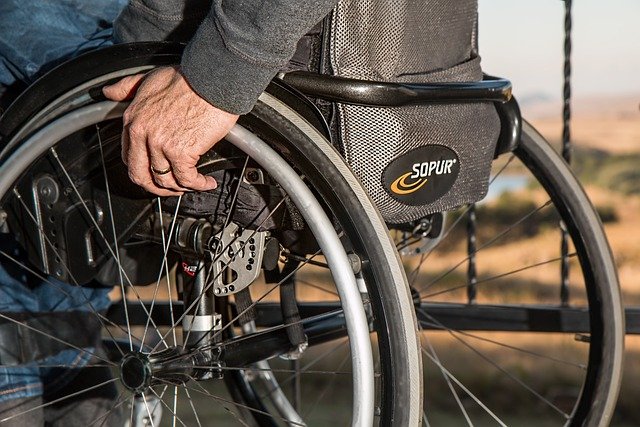Choosing the Best Walkers for Seniors: Mobility and Safety Guide
Older adults often need small changes to daily routines and equipment to stay independent and safe. Walkers are one of the most practical mobility devices available for seniors, offering stability, fall prevention, and confidence when moving around the home or neighborhood. This guide explains types, features, and how to find appropriate local services when selecting a walker.

This article is for informational purposes only and should not be considered medical advice. Please consult a qualified healthcare professional for personalized guidance and treatment.
Why choose a walker for senior mobility?
A walker provides a wide base of support, reduces strain on joints, and distributes weight more evenly than a cane. For many seniors with balance challenges, muscle weakness, or recovery after surgery, a walker can make standing and walking safer. Choosing the right walker can also reduce fatigue by improving posture and allowing the user to move at a comfortable pace, which supports longer-term mobility and independence.
How walkers help the elderly stay safe
Walkers reduce the risk of falls by offering three- or four-point contact with the ground and a stable frame to lean on. Features such as non-slip handgrips, brakes on rollators, and adjustable heights help tailor safety to the individual. Using a walker with proper technique—feet shoulder-width apart, hands on grips, and stepping within the walker’s frame—also lowers fall risks. Regular checks for loose parts or worn tips are important to maintain safety.
What features to look for in a walker device
Key features to consider include weight and materials (aluminum is common for being lightweight), adjustability for height, whether the walker folds for transport, and whether it includes wheels or a seat. Rolling walkers (rollators) often have hand brakes and a built-in seat for rest; standard walkers without wheels provide maximum stability but require lifting. Accessories such as baskets, pouches, and easily removable seats can improve daily usability. Comfort, ease of use, and maintenance should guide selection.
How to match walker types to mobility needs
Assess mobility level and living environment: for limited balance but good upper-body strength, a standard or wheeled walker might work; for those who need to rest frequently or walk outdoors, a rollator with a seat is useful. Consider flooring (carpet vs. hard floors), thresholds, and transport needs (does it need to fold into a car?). A physical therapist or occupational therapist can perform a mobility assessment and recommend an appropriate model and proper height adjustments.
| Provider Name | Services Offered | Key Features/Benefits |
|---|---|---|
| Drive Medical | Manufacture and retail a range of walkers and rollators through retailers and medical suppliers | Known for lightweight aluminum frames, folding designs, and broad product availability |
| Medline Industries | Supplies medical equipment to facilities and consumers, including walkers and mobility aids | Wide dealer network, clinical-grade models, and accessory options for users and providers |
| Nova Medical Products | Produces walkers, rollators, and rehab aids for home and clinical use | Focus on durable construction and user-friendly designs for different mobility needs |
| Hugo Mobility | Offers walkers, rollators, and seating solutions via retailers and online channels | Emphasizes practical, affordable designs with convenience features like seats and brakes |
| Carex Health Brands | Retailer/manufacturer of home health products including walkers and adaptive devices | Broad consumer-focused selection with emphasis on comfort and daily living accessories |
Local services and suppliers can install or fit walkers and show correct use. Many medical supply stores, pharmacies, and durable medical equipment (DME) providers in your area offer trial fittings, adjustments, and after-sale support. Home health agencies and physical therapy clinics often coordinate with suppliers to ensure the walker matches clinical recommendations. When looking for a provider, verify return policies, warranty coverage, and whether staff can provide a hands-on fitting.
Conclusion
Selecting the right walker combines understanding the user’s mobility needs, evaluating key device features, and working with reputable local services for fitting and support. A well-chosen walker can increase confidence, reduce fall risk, and support continued independence. Regular maintenance and follow-up with healthcare professionals ensure the walker continues to meet the senior’s changing needs.




